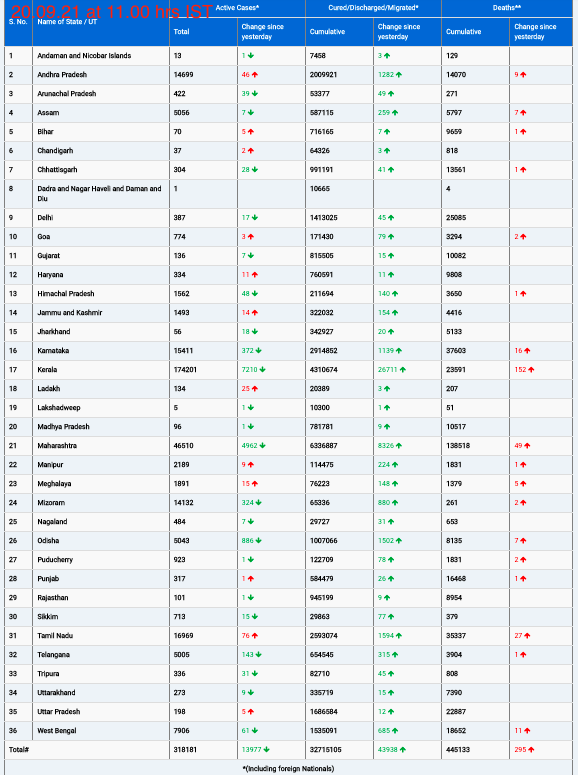Have you ever caught yourself chatting with your dog as if they were a human, pondering just how much they actually grasp? Recent research from the University of Geneva sheds light on this intriguing dynamic, revealing that the tempo of human speech plays a crucial role in canine comprehension.
Speech Patterns That Dogs Understand
Led by Dr. Eloïse Déaux, the study explores the nuances of human-dog communication. The findings indicate that humans naturally slow down their speech when addressing dogs, enhancing their ability to understand commands and cues. This adjustment is not merely a whimsical alteration; it aligns with dogs’ receptive capabilities, allowing them to process our words more effectively.
The research team analyzed vocal sounds from 30 dogs, comparing them to human speech directed at both fellow humans and dogs. They discovered that while humans typically speak at around four syllables per second, dogs vocalize at about two syllables per second. When humans converse with their canine companions, they adjust their tempo to approximately three syllables per second, a change that significantly aids in communication.
Distinct Vocal Processing
Using electroencephalography (EEG) technology, researchers delved deeper into the brain responses of both species to speech. They found that humans exhibit a neural response focused on faster theta rhythms, while dogs show a preference for delta rhythms. This divergence underscores the different vocal processing systems between humans and dogs, highlighting the need for humans to adapt their speech patterns when interacting with their four-legged friends.
Mutual Communication Adaptations
While humans modify their speech, dogs also exhibit remarkable adaptability in their communication. Through a variety of vocalizations—barks, growls, yelps, and whines—paired with expressive body language and facial cues, dogs convey their needs and emotions. For instance, a sharp bark might indicate excitement, while a low growl signals caution. The dynamic interplay of these signals fosters a feedback loop, enabling both species to refine their communication for improved understanding.
The Evolution of Our Bond
The intertwined evolutionary paths of humans and dogs span over 15,000 years, influencing their shared communication techniques. The domestication of dogs likely catalyzed relational adjustments that enhanced mutual comprehension. As dogs became essential to human survival—assisting in hunting, herding, and companionship—the necessity for effective communication likely spurred evolutionary changes favoring dogs that could accurately interpret human vocalizations.
This co-evolutionary journey highlights the profound relationship that has developed between these two species, solidifying their status as humanity’s oldest friends.
More Than Just Tone
The researchers emphasize an interesting point: while dogs rely on slower speech rhythms, they require both content and prosody—how we say things—to fully comprehend human communication. This finding challenges the common belief that dogs respond solely to tone or rhythm. Instead, it reveals that the substance of our speech holds significant weight in their understanding.
In essence, our conversations with dogs transcend mere enjoyment. The subconscious adjustments we make in our speech, combined with dogs’ impressive processing abilities, cultivate a unique and endearing interspecies relationship.
The study’s insights are published in the journal PLoS Biology, further unraveling the complexities of how humans and dogs connect through language and communication.












